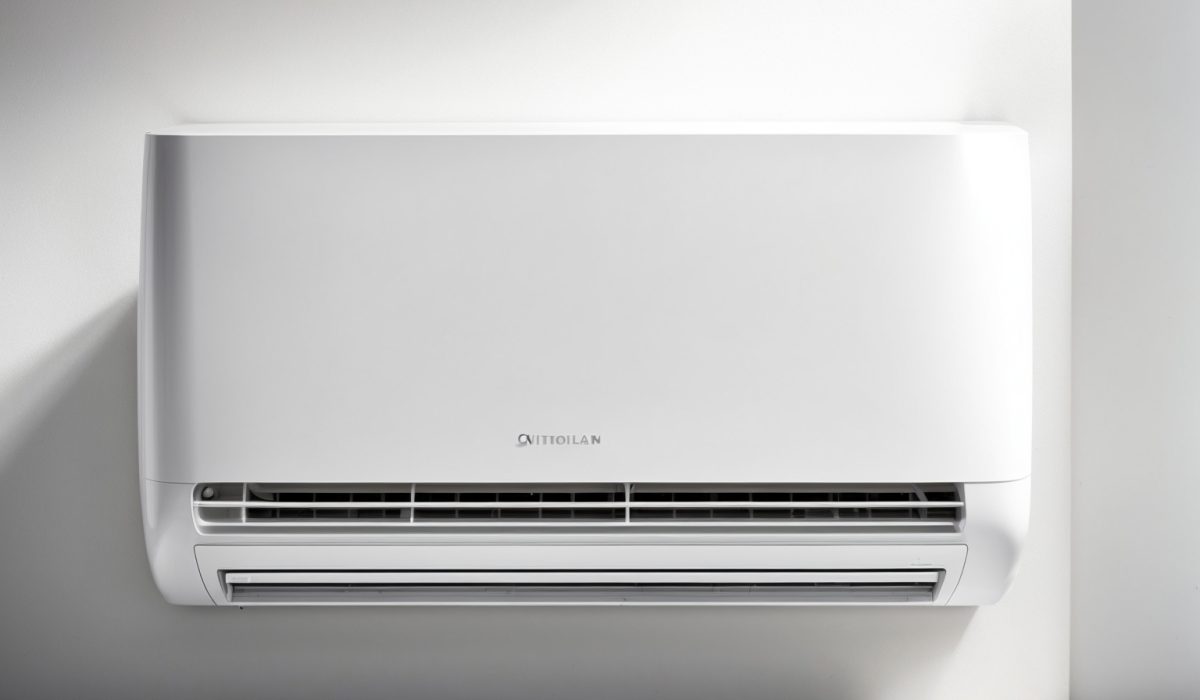A Brief History of Cooling
Air conditioning, often taken for granted in our daily lives, is a marvel of modern science. While we easily enjoy the comfort it provides, especially during those sweltering Cape Town summers, the intricate processes behind that cool breeze often go unnoticed. Let’s delve into the fascinating science behind it.
Before the sophisticated air conditioners we know today, ancient civilizations had their own cooling methods. From the wind-catching towers of Persia to the Roman aqueducts that circulated cool water through walls, the desire for a cooler environment has always been a part of human history. But the true revolution came with the birth of modern air conditioning in the early 20th century.
Basic Principles of Air Conditioning
At the heart of air conditioning are three main principles:
- Evaporation: The process where liquid turns into gas, absorbing heat in the process.
- Condensation: The opposite of evaporation; gas becomes liquid, releasing heat.
- Compression: Increasing pressure on a gas, raising its temperature.
Together, these principles form the basis for the cooling cycle of an AC unit.
The Core Components of an Air Conditioner
Compressor: Often called the “heart” of the AC, it compresses the refrigerant, increasing its temperature.
Condenser: Located typically outside, it dissipates the heat carried by the refrigerant, turning it back into a high-pressure liquid.
Expansion Valve: This valve regulates the refrigerant flow into the evaporator, causing a drop in pressure and temperature.
Evaporator: Positioned inside the room, it absorbs heat from the environment, providing the desired cooling effect.
The Role of Refrigerants
Refrigerants are specialized substances that easily transition between gas and liquid states within the temperatures of an air conditioning cycle. They absorb heat from the room during evaporation and release it outside during condensation. Commonly used refrigerants include R-22, R-410A, and more recently, environmentally friendly options.
The Cooling Cycle: Step-by-Step
The thermostat detects a rise in room temperature and signals the AC to start.
The compressor pressurizes the refrigerant, turning it into a high-temperature gas.
This hot gas flows through the condenser coils, releasing heat to the outside and becoming a high-pressure liquid.
The expansion valve releases this liquid refrigerant into the evaporator coils.
As the refrigerant evaporates, it absorbs heat from the room, providing cooling.
The cycle repeats until the desired temperature is achieved.
Modern Innovations and Improvements
With advancements in science and technology, today’s air conditioners are more efficient and eco-friendly. Inverter technology, for instance, adjusts the compressor’s speed in real-time, resulting in consistent temperatures and reduced energy consumption.
The Environmental Perspective
While air conditioners have been a blessing, they’ve also had environmental implications, primarily due to certain refrigerants contributing to ozone depletion. Thankfully, modern science is steering towards greener alternatives, ensuring our comfort doesn’t come at the planet’s expense.
Conclusion
The next time your air conditioner hums to life, take a moment to appreciate the intricate dance of science and engineering that grants us the luxury of comfort. It’s a symphony of principles, components, and cycles working tirelessly behind the scenes.
Discover the Best in Cooling
Interested in experiencing the pinnacle of air conditioning technology? Explore Cape Direct Connect’s range of systems, where innovation meets comfort.
